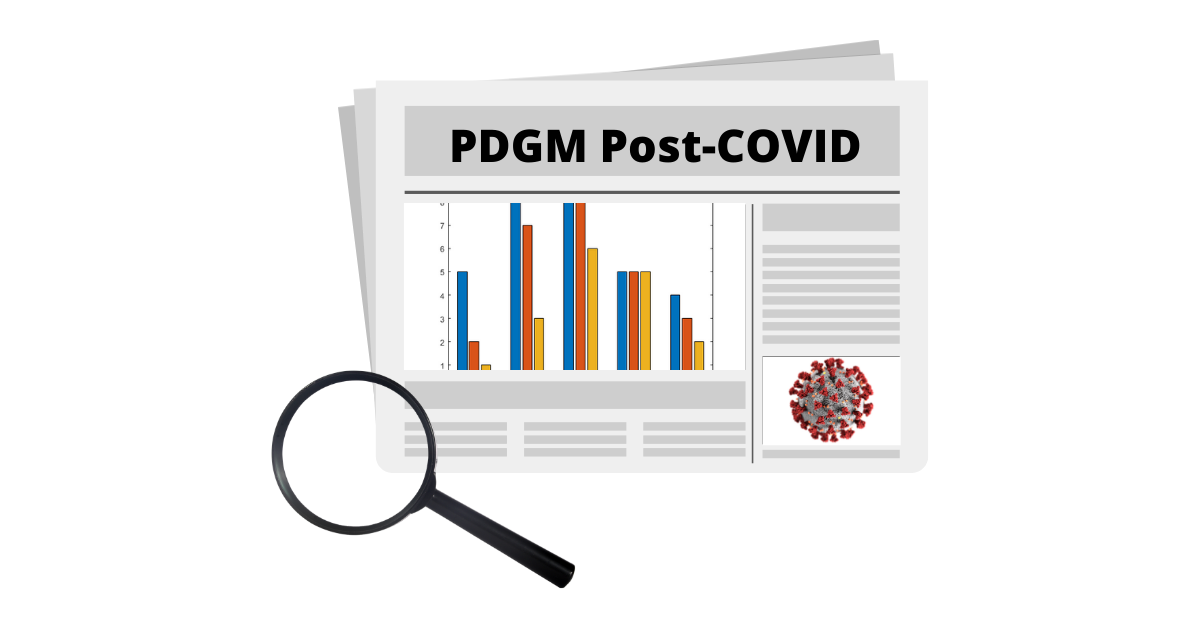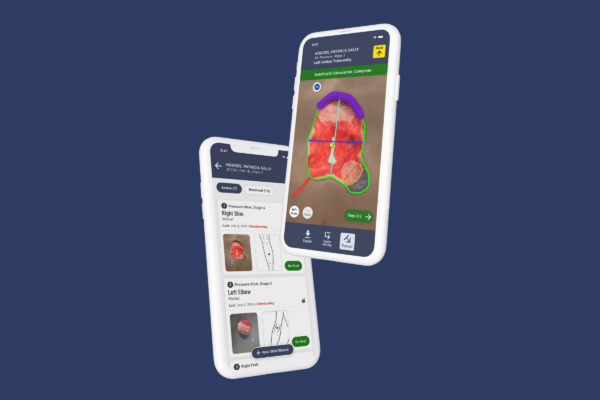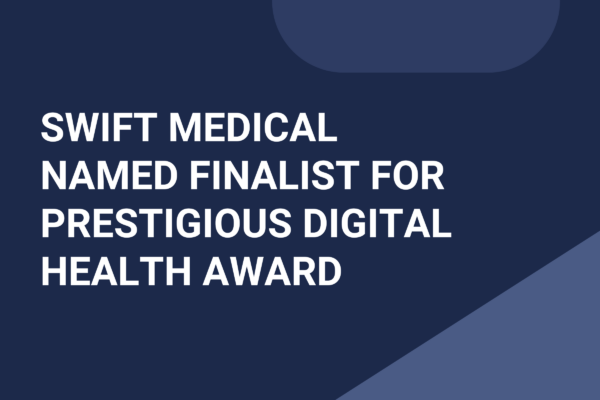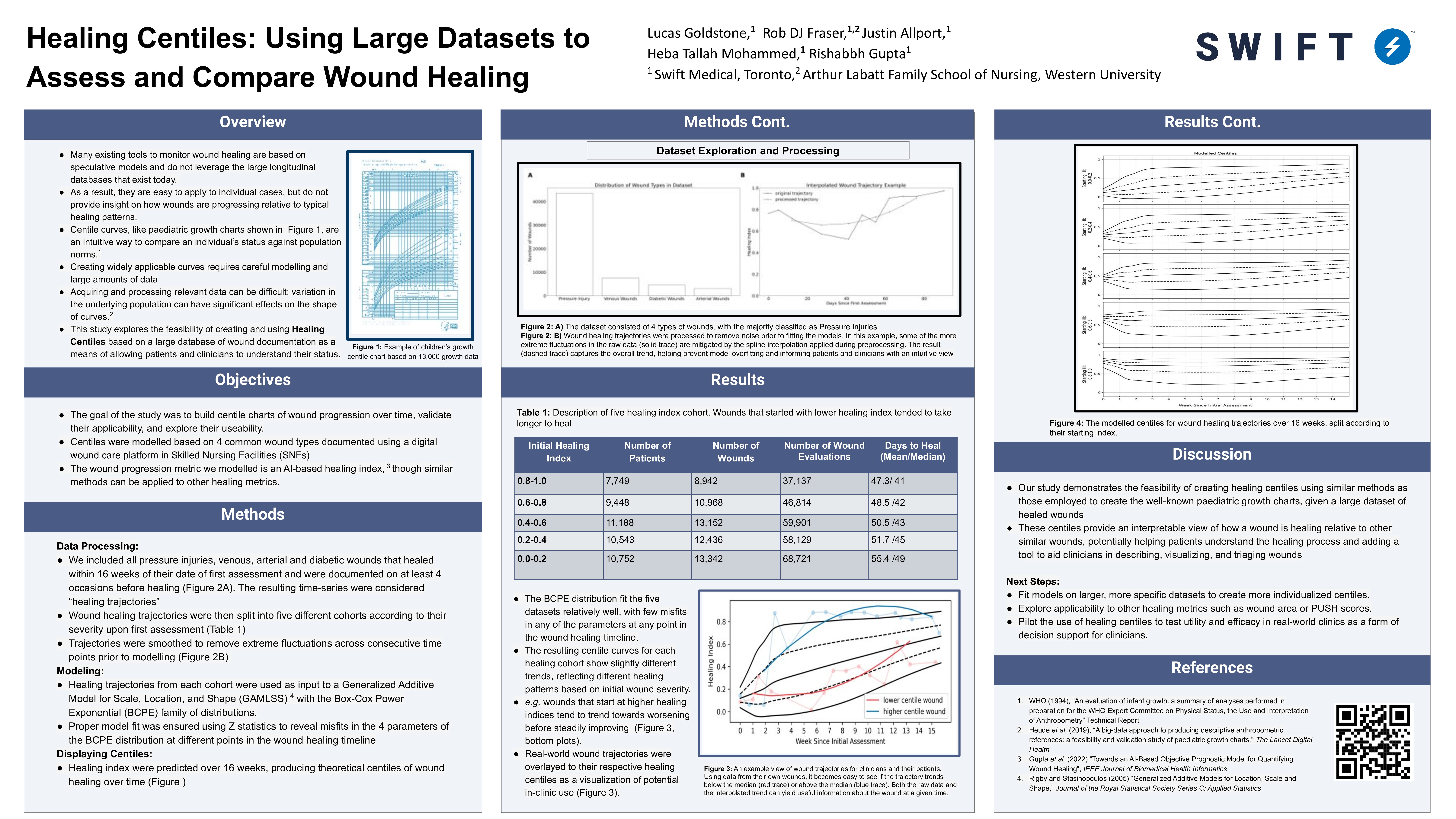PDGM Implementation Sidetracked by COVID-19
The implementation of PDGM was anticipated to be the biggest focus and challenge for home health agencies in 2020. By March 2020, agencies had completely shifted their priorities away from PDGM to focus on COVID-19. Although PDGM has not been forgotten, the pandemic quickly sidetracked plans and drove different day-to-day priorities. How are healthcare agencies faring now that some states have begun to reopen after COVID shutdowns?
The Impact of COVID-19
COVID-19 placed an additional strain on agencies that were already trying to cope with changing restrictions and the new payment system. Although home health providers have dealt with outbreaks in the past, COVID required providers to adapt to new rules and an initial shortage of personal protective equipment (PPE). The disruptions continued as patients feared contracting COVID, meaning 90% of home health agencies experienced a significant decrease in demand for services and higher than normal cancellation rates (CITE). Part of this was caused by the cancellation of all elective surgeries and procedures – patients who normally would have required home health attention. With strict shelter in place and stay home orders, numerous clients no longer wanted a healthcare provider entering their home. Home health agencies experienced a 26% decrease in visits (CITE), which led to concerns that patients not receiving adequate care would end up back in the hospital and risk worsening their conditions.
Industry Risks
The effects of PDGM were certainly exacerbated by COVID. Agencies saw an increase in the number of low utilization payment adjustment (LUPA) episodes. This increase was due to the decrease in weekly visits from COVID-19 fears. More than 67% of home health agencies experienced a doubling in LUPA rates (CITE). With less demand, companies had no choice but to furlough staff until patients resumed services. These additional staffing challenges made meeting the LUPA threshold more difficult, but LUPA management remains an important focus for agencies and monitoring costs. Meeting the 30 day payment period had already been challenging for many agencies and COVID only increased the strain. With COVID, limiting contact with patients is key to reducing the spread – thus unnecessary in-person visits should be limited.
PDGM Pandemic Adjustments
COVID has brought to light PDGM issues and areas for improvement. The Centers for Medicare & Medicaid Services (CMS) made necessary adjustments to the payment system in light of the pandemic. The Medicare 2% sequestration take back has been waived until the end of the 2020. To fight the spread of COVID and ease patient fears, Telehealth has increased in popularity. Although in-person visits may still be necessary, supplementary visits with two-way audio and video are permitted. Initial evaluations can be performed remotely as well. However these visits do not count towards the LUPA threshold so home health agencies cannot be directly reimbursed for these visits. It is currently unclear whether these changes will be permanent or how long they will last. CMS has also offered flexibility on the 30-day OASIS transmission requirements for as long as the national emergency period lasts. Similarly, OASIS completion had a 5-day window that’s been extended to 30 days for the duration of the emergency.
It’s the hope of many agencies that the advancements in Telehealth become a permanent staple of care. Telehealth visits increased by more than 50% in March alone (CITE) and it’s anticipated there could exceed 1 billion virtual visits as COVID persists across the country. Telehealth provides huge future opportunities in health care.
Delayed mergers and acquisitions
Organizations that prepared early for PDGM ended up better prepared for the pandemic. They spent time focusing on change management, staff training and the implementation of new protocols. However, when the demands of PDGM began January 1st, some smaller home health agencies looked to sell. As Viral Patel, a credit analyst at S&P Global Ratings told HHCN, “The impact of COVID-19 will only accelerate the fragmented portion of the industry, creating more opportunities for some of these larger companies (CITE).” Mergers and acquisitions paused as agencies adjusted to PDGM but with COVID and relief funding, many agencies ceased M&A activity. The U.S. Department of Health and Human Services (HHS) has provided over $175 billion to hospitals and care providers (CITE). CMS has also allocated $1.7 billion in relief funding as well (CITE). This relief funding has acted as a safety net, prolonging the survival of agencies who would have been struggling due to PDGM. Some of this funding also may come at a cost. With unclear guidelines as to whether that funding has to be repaid, or what it can be used for, larger agencies, such as Encompass Health, have steered clear of using it (CITE).
What the future holds
With hospital discharges, elective surgeries and procedures resuming, the demand for home health agencies will be increasing. As the patient volume increases, slowly the furloughed staff can return. As the pandemic eases and the state of emergency ends, agencies may find themselves in a more difficult position. It is predicted that there will be a major consolidation of agencies (CITE), as the financial implications of PDGM finally settle in as crisis funding ends. The number of agencies may decrease, but the overall size of the industry will continue to grow.
COVID-19 has brought greater awareness and appreciation of the home care industry. As the pandemic continues, home health can protect vulnerable individuals from increased exposure. All the planning for PDGM will continue to assist agencies in difficult times ahead. Learning to care for challenging and more complex patients through improved programs are investments that continue to be beneficial. CMS has recognized the positive change that has come out of the pandemic. “I think the genie’s out of the bottle on this one,” stated CMS Administrator Seema Verma. “I think it’s fair to say that the advent of telehealth has been just completely accelerated, that it’s taken this crisis to push us to a new frontier, but there’s absolutely no going back.” Despite present day challenges, the future of the home health industry looks positive. It may be more important than ever.





